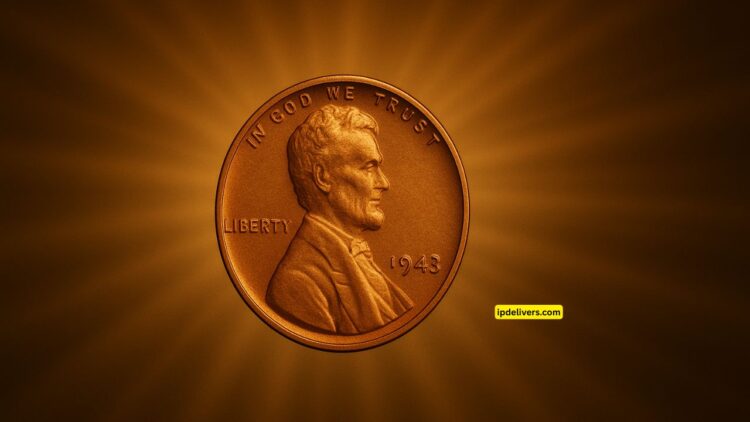The legend of a $159 million Lincoln Wheat Penny has recently resurfaced online. Stories claim one of these seemingly ordinary coins could still be hiding in circulation.
But how much of this is fact, and what really makes certain Wheat pennies so valuable? Let’s explore the origins of the hype, the real-life valued varieties, and whether there’s any chance such a penny is still in everyday change.
1. Origins of the $159 Million Claim
The claim comes from viral articles suggesting rarity + condition + mystery could conspire to yield a $159 million value for an undiscovered penny.
These pieces often reference the famed 1943 copper Wheat penny, a renowned error coin, but wildly inflate its potential auction price. Reliable sources don’t confirm any genuine sale reaching the nine‑figure mark.
2. What Are the Most Valuable Wheat Pennies?
Here’s a breakdown of genuine record‑setting sales:
| Year & Type | Reason for Value | Estimated Value / Auction Result |
|---|---|---|
| 1943 copper Wheat penny | Steel shortage error—copper struck instead of steel | Actual sales: $1.7 million (Denver, MS64) |
| 1909‑S VDB | Low mintage; designer’s initials “VDB” | Over $360,000 |
| 1955 Doubled‑Die | Notable doubling on date and lettering | Tens of thousands; exceptional specimens reach $16 k+ |
| Other rare variants (1922 No D) | Mint‑mark errors, low-mintage issues | Up to $650+ |
3. Why No Verified $159‑Million Penny?
- The astronomical figure is internet hype, not grounded in documented sales.
- The most valuable Wheat penny confirmed is the 1943 copper coin, with auction results up to $1.7 million
- No numismatic authority nor Heritage Auctions has reported any nine‑figure sale.
4. Could it Still Circulate?
Absolutely. The 1943 copper Wheat penny is famous partly because it could still be in ordinary circulation, long after its errant minting.
Experts estimate around 30–40 known examples—some discovered recently. While a top-quality specimen might bring over $1 million, the mythical $159 million coin remains unverified.
5. How to Spot Valuable Wheat Pennies
- Metal test: genuine 1943 copper ones won’t stick to a magnet; steel ones will
- Weight check: copper ~3.11 g; steel ~2.70 g
- Look for errors: doubled dates (1955), missing mint‑marks (1922 No D), and large VDB initials (1909‑S VDB).
- Condition matters: collector grade (MS, EF, VF) drastically increases value.
6. Should You Keep Wheat Pennies?
Yes. Even a common Wheat penny in good condition can be worth more than face value—sometimes hundreds or thousands at auction. Always check for rarities before discarding.
While a $159 million Lincoln Wheat penny remains pure legend, real rarities like the 1943 copper error can sell for over $1 million.
It’s entirely possible one of these extraordinary coins is still circulating. So, check your change—you might be the one to uncover a piece of numismatic history.
FAQs
Is the $159 million value real?
No. That number is unsubstantiated. The highest confirmed sale is $1.7 million for a 1943 copper error
Can I still find one in circulation?
Yes. Rare Wheat pennies—especially the 1943 copper and 1955 doubled‑die—have been found in everyday change
How do I verify a penny’s authenticity?
Use a magnet, weigh it, then ask a professional coin grader to confirm condition and variety.

